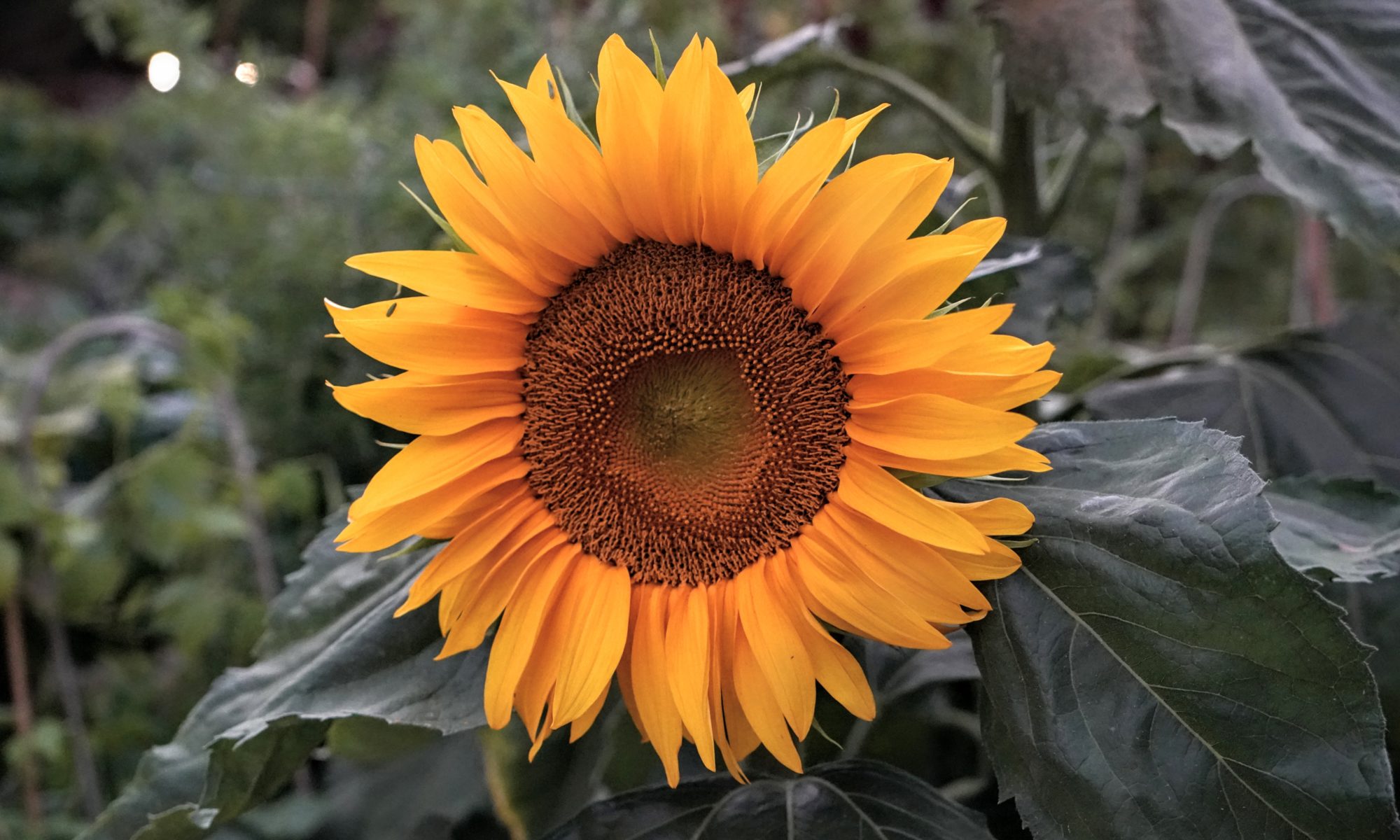As you can probably tell from our harvest pictures, the summer squashes are definitely coming in. Pounds and pounds of them. As problems go, “too much squash” is thankfully not terribly dire. I’ve heard the rule of thumb is one plant per family, unless you really like squash. If you’re not drowning in squash, try pollinating your plants by hand, because from what I can tell it has been paying off in our garden!
Why are they so prolific?! Well, it’s to do with plants trying to make seeds – if you remove the part of the plant making seeds before it gets all the way there, the plant… tries again! This is why deadheading a flower makes more flowers. Nutritionally, it’s the reason a summer squash (mostly water) is so different than a winter squash (lots of carbohydrates) – very similar plants, very different stages of development.

COOKING SUMMER SQUASH
How I cook thee, let me count the way! You can braise, roast, saute, fry, grill, boil, or steam these guys to great success. Many people like to turn them into long noodles, by spiralizing or slicing, for a veggie-sort-of-pasta. You can pickle them, too, if you like pickles.
Grating them is also a great way to cook with them! You can use them in fritters, or in a fritatta. Putting them in baked goods (muffins, quick breads, or even brownies) is a very popular way of adding moisture and fiber, but more importantly, using them up.
You can also eat the blossoms, if you want to shake it up. They’re often served stuff with cheese, or breaded and fried.
Honestly, I’m a fan of sauteing them as a side with dinner, because it keeps my house cool in the summer. But, you don’t have to be as lazy as me – see the bottom of this post for a bunch of links to recipes for inspiration!
TASTE TEST!
I decided to cook the main 4 types of squash that have been coming in, and compare them! All of these squash belong to the same species (Cucurbita pepo) but all all slightly different subspecies or cultivars! Cultivars meaning a plant variety that has been cultivated for human consumption, which I did not know before today.

I sauteed slices of all 4 in a pan, with olive oil, salt, and pepper. They were all tasty, and the friends I roped into my experiment ate all of their squash, and could detect very minimal differences. We agreed the zucchini was a little more watery, the crookneck the sweetest, and the green patty pan having a lovely texture and vaguely green bean taste. The yellow patty pan seemed the most mature of all of them, and the most texture.
They were definitely more similar than different in terms of flavour, so I say go ahead and pick based on shape or nostalgia! The zucchini offered the best shape for spiralizing into pasta. The patty pans could be hollowed out and stuffed fancily. One of my friends grew up with crookneck, I grew up with more patty pans, and we both found we slightly preferred them.


RECIPES
Here are a few recipes I’ve tried, and enjoyed!
Quick Zucchini Saute – Smitten Kitchen
https://smittenkitchen.com/2007/08/quick-zucchini-saute/
Zucchini and Parmesan Topped Chicken – Hello Fresh
https://www.hellofresh.com/recipes/au-zucchini-and-parmesan-topped-57b4d87fb5793fb3038b4568/
James Beard’s Zucchini Bread http://www.epicurious.com/recipes/food/views/james-beards-zucchini-bread-56389932
Spaghetti with Tomatoes and Anchovy Butter, but with zucchini substituted for noodles
http://www.bonappetit.com/recipe/spaghetti-with-tomatoes-and-anchovy-butter
Zucchini chocolate chip muffins http://www.wellplated.com/healthy-zucchini-muffins/
Kavita makes the following modifications to this recipe:
-reduce the honey to ~2 Tbsp (Use either honey or substitute maple syrup) and reduce the brown sugar; since the banana and chocolate chips already add sweetness.
-1 1/4 cup white whole wheat flour + 3/4 cup mix of flours (whatever I feel like: amaranth, teff, flax, oat, almond)


























































